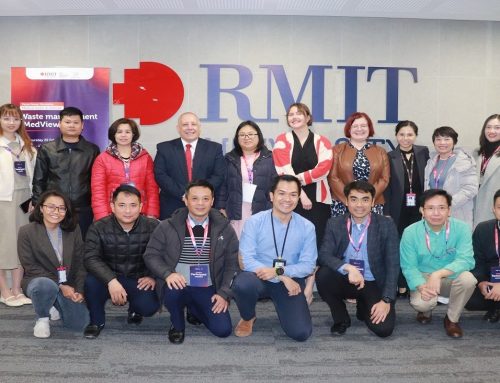It is exactly two months ago that I participated in the World Conference on Humanitarian Studies in Addis Abeba, Ethiopia. The conference was organized by the International Humanitarian Studies Association, this year’s theme being “Changing Crises and the Quest for Adequate Solutions”. What is meant by changing crises is the increasing number and diversity of crises? These new types of crises may cause confusion among local actors, governments and humanitarian organizations in their efforts to respond and to be prepared. Some of this confusion is also stimulated by a number of new actors entering the humanitarian aid industry, ranging from private military security companies and social entrepreneurs to religious groups. The part on quest for adequate solutions, on the other hand, is a complex question which can easily ignite philosophical debates. What is an adequate solution between idealism and pragmatism? Humanitarian action could potentially mean everyone and everything, within the broad sphere of alleviating human suffering. So where is the boundary between ending needs versus meeting needs, within the limits of what can be achieved? Inspired by all these questions, the main aim of the conference was to deepen understanding of how and why crises are changing, which are the actors involved, and how these changes affect the interplay between humanitarian organizations and other actors, and what type of influence this might have on the different phases of prevention, preparedness, response and long-term development. Many of these issues are of interest to practitioners and researchers working in the field of humanitarian logistics and social responsibility.
As my current research interests are much aligned with the overarching topic of humanitarian innovation, I would like to share some reflections from the presentations and discussions at the conference surrounding this specific topic. It seems that the discourse on humanitarian innovation is gaining momentum, with very ambiguous structures on how to manage, regulate, distribute and learn from innovations and the iterative processes surrounding innovation. Innovation as such is nothing new, it happens all the time and everywhere as part of human learning. But the pace of processes through which innovations are being commercialized and subjected to private profits are something relatively new in the humanitarian field.
The ethical aspects related to humanitarian innovation were much in the limelight at conference. This was a progressive perspective in my opinion, as the ethical or negative effects of innovation are in general continuously underrepresented in the academic literature. Doris Schopper, a professor and a member of the Médecins Sans Frontières’ committee on research ethics pointed out some severe ethical considerations related to humanitarian innovation, and the blurred ethical lines between research and innovation. She advocated the need for “innovation projects” to go through the same ethical review process as research projects do, listing the following reasons for her argument: innovating may harm people’s privacy; the broader impacts of the innovation or the innovation process might not be well understood by the innovating organization; failures to engage community in the innovation process; unequal distribution of the financial benefits derived from innovations; failure to consider local solutions to the issue at hand; unequal access to the final innovation. All these risks make it justified for any innovation project to go through an ethical review committee as it was argued. Furthermore, involving end users in the innovation process also induce imbalances of power that should be reflected upon carefully – tools methods for such reflective action would be beneficial for innovation projects as well.
Another interesting presentation by Kristin Sandvik reflected upon humanitarian innovation almost becoming a buzzword, entailing interesting paradoxes around accountability, effectiveness, and private-sector partnerships. Accountability, it was argued, can be viewed as a barrier for innovation due to bureaucracy, but at the same time accountability is a part and parcel of humanitarian action. Effectiveness is another humanitarian value, yet paradoxically it also entails a neoliberal agenda attached to it. Private-sector partnerships, on the other hand, carry the stigma around private sector involvement, but these actors tend to be well incentivized and thus non-profit humanitarian actors may be “left out of the hook” as the burden on delivering result-based outputs falls upon private sector actors. Kristin’s paper should be published in Disasters pretty soon, in case you got interested in the topic.
I hope this short blog post inspired some new thoughts regarding the topic of humanitarian innovation.
Wishing you all a pleasant month of June – be it then winter, spring or any other season on your side of the globe!
– Linda




